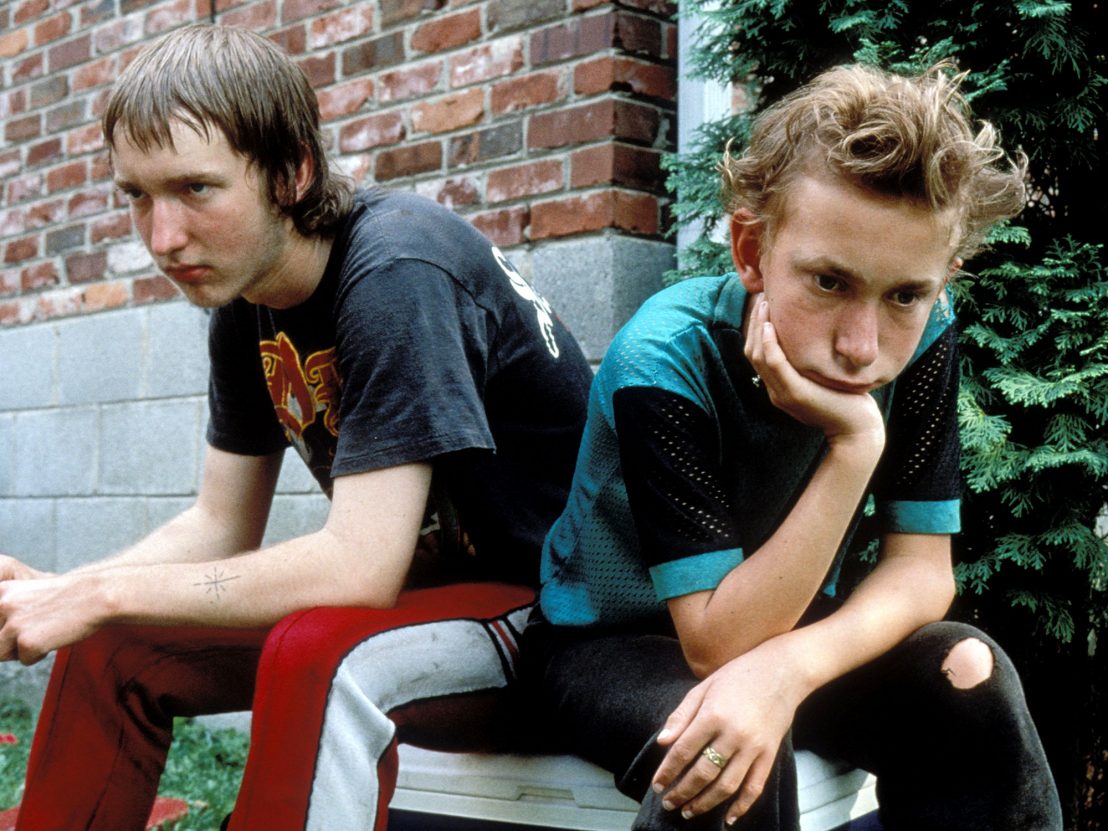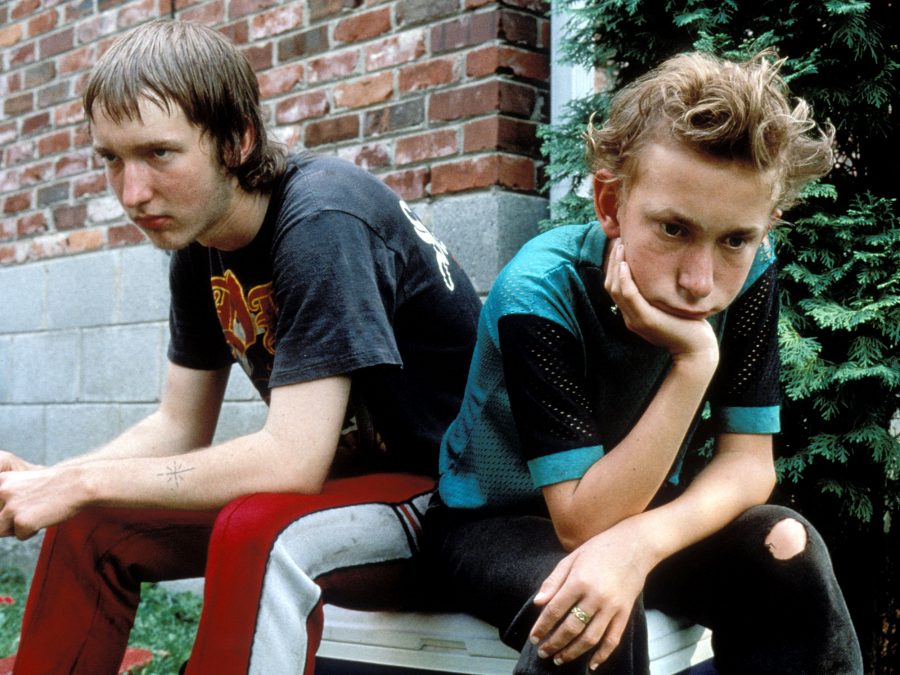
It’s hardly surprising that when Gummo first screened back in 1997, it was met with walkouts and disgust. It’s a film that has degeneracy and poverty greasing its blue-collar cogs. Following disenfranchised Midwestern people living in the wake of a devastating tornado (based on the real-life storm that destroyed the town of Xenia, Ohio in 1974), Harmony Korine’s urgent directorial debut marks a nihilistic and intimate peeling away of America’s skin to reveal the festering sores beneath. The filthy homes of Xenia stand as sepulchres to the American Dream, and the denizens of the emaciated town walk among its tombstones as ghosts of a country that has forgotten them.
Sitting at the heart of Korine’s story is Jacob Reynolds’ Solomon, the film’s cat-murdering, glue-huffing chief enfant terrible. Solomon spends his days roaming the rubbish-strewn streets of his neighbourhood on his bike alongside Tummler (Nick Sutton), a teenager who Solomon describes in voiceover as “downright evil” but with “what it takes to be a legend”. Theirs is a world that exists in a purgatorial fugue state, defined by parental neglect and a nihilism that runs through to their core. The youth in Korine’s film – his very own lost generation – are the spectres of immoralities past, carrying out the violence of their ancestry as naturally as a child learns to walk.

Since the writings of Flannery O’Connor, William Faulkner and others, the Southern Gothic genre has imbued all that resides below the Mason-Dixon line with a dark, creeping shadow. It’s a perennial focus in cinema and television – True Detective’s landmark first season bears its greatest glories in recent years – but Korine’s dystopian arthouse flick stands as the genre’s buried secret. In 1997 America simply wasn’t ready to look into the smudged mirror held up by Korine and see its own bloodshot gaze staring back. Rarely has the Midwest been portrayed as authentically and honestly as here, and nowhere have white picket fences become so divorced from the idylls of suburban life, replaced instead with chainlink memories of a violent childhood.
As is typical of Southern Gothic, the film’s plot is reliant more on the setting and characters than any clear sense of narrative linearity. Gummo flits through its running time with a series of vignettes, a holiday reel of vacation photos best left in the attic. Feral cats are hunted and sold to the local Chinese restaurant; a disabled girl is pimped out by her older brother; a man wrestles an old kitchen chair in a trailer as he is cheered on by a small crowd. Life in Xenia is static. The tornado that bookends the film is a cyclical reminder of life’s futility, and Korine’s worldview incisively cuts to the dark heart of white middle America.
Published 19 Nov 2017

How has this grisly and graphic scrap book of middle American misery endured for nearly 20 years?

Each of the Arkansas director’s films addresses pressing social concerns affecting working-class white voters.

Is this neon-hued apocalyptic party movie Harmony Korine’s masterpiece? We think it might be...